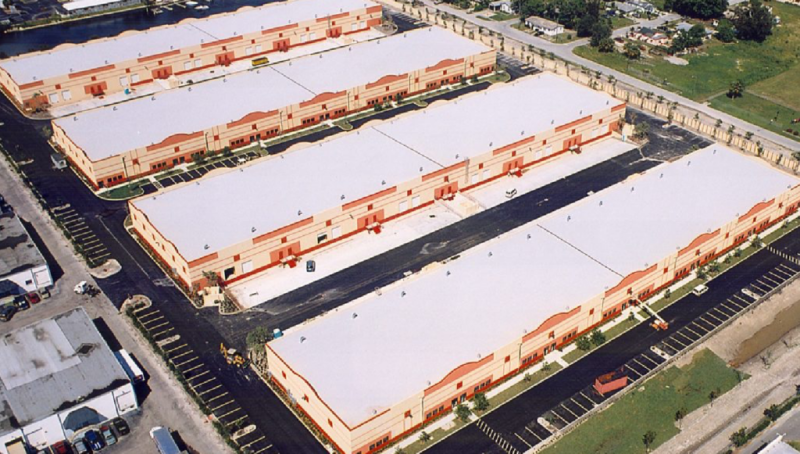
The mission of A Place of Refuge in God’s Storehouse is to seek environmental justice and provide spiritual support for the mostly Black residents of a Dania Beach, Florida, neighborhood who got sick after being exposed to toxic contaminants. The organization was formed in 2002 after excavation at an unpermitted landfill unearthed hospital biohazard waste, hotel demolition debris, old refrigerators, fuel tanks and asbestos shingles. Soil samples revealed heavy metals and petroleum products as well as high levels of arsenic and benzo(a)pyrene. Residents and excavation workers alike began getting sick shortly after the digging began. To fulfill its mission, A Place of Refuge in God’s Storehouse advocates for the well-being of residents affected by toxic contaminants, raises awareness about the long-term consequences of environmental negligence, and emphasizes the need for comprehensive support and restitution.
A Place of Refuge in God’s Storehouse is a small organization that was founded by Debra Wallace and Lueron Dixon, residents of a primarily Black neighborhood of modest homes in Dania Beach, Florida. When toxic contaminants were excavated prior to the construction of a large warehouse complex near their neighborhood, contaminated dirt was hauled away in uncovered trucks. Neighbors were dusted with the dirt and many became ill. Wallace and Dixon informed and organized about 30 neighbors and appealed to city government. They met with a city commissioner who was a former mayor. They filed a complaint with the city manager and city attorney, but nothing was done. Eventually, they sued the developer’s insurance company, but the case failed because the insurance policy began after the toxics removal was finished. The organization is a response to the injustice experienced by Black neighbors who found support only from each other.